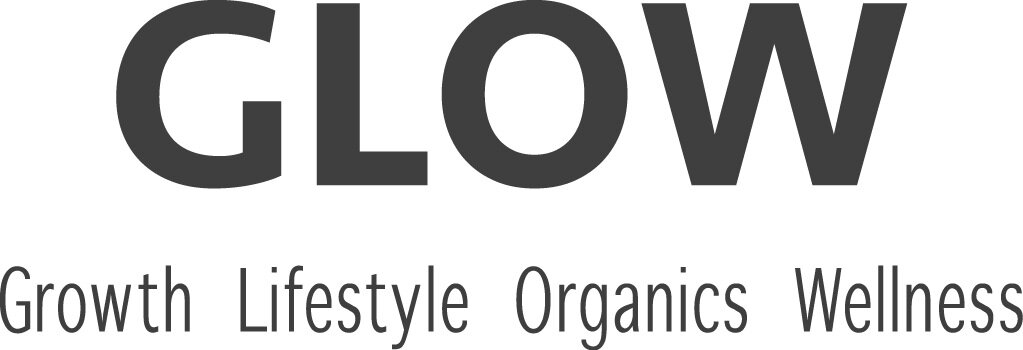The sun has such a bad reputation these days that reliance on sunscreen has become an accepted norm. This is especially common with those who are not able to go out to the sun during the week and want to ‘safely’ make up at weekends or during holidays. But even with the use of the best of products and high filters, some people still burn, react to the sun, and even the sunscreen itself. Ideally, people should practice rational sunbathing without sunscreen and neither burn nor break out in sun rash. In this post, I will discuss the most important nutrients that help to make the most of sun exposure from inside out.
Vitamin D, calcium and essential fatty acids
Vitamin D (really a steroid hormone) belongs to the group of fat soluble vitamins, and all fat soluble vitamins are stored in the liver for future use. Therefore, sufficient reserves can be built up during the summer and used throughout winter months. When cholesterol in the skin is exposed to UVB rays (the highest concentration is around noon, just when tanning is supposed to be most dangerous), the liver and kidneys convert it into vitamin D3, the active form. Vitamin D helps with calcium absorption from the gut into blood, and then the essential fatty acids - omega 3 and 6 - drive calcium into tissues, such as the skin. Calcium not only prevents from UV rays but also helps skin cells to regenerate and keep the skin moist. Vitamin D, calcium and essential fatty acids also modulate the immune system and as a result, they mitigate the risk of skin cancer and allergic reactions, such as sun allergy.
Sources of vitamin D
We can provide vitamin D3 form animal fats, and it’s interesting to see that foods with high concentrations of cholesterol are also high in vitamin D3. As always, nature knows best. It is imperative to eat ample amounts of vitamin D3 rich foods in winter:
egg yolks
cod liver oil
liver
lard, pastured
oily fish, shellfish, fish eggs
Vegans should be emphasising sun exposure even more because they cannot obtain either vitamin D3 or cholesterol from plant food sources. But even with ample amounts of the sun, often they are still low, due to the lack of cholesterol in the diet.
Sources of calcium:
mineral water, especially ‘hard’ water
dairy from grass fed animals, not highly processed
bone broth
sesame
dark leafy greens
Sources of essential fatty acids
There are a number of different types and sources of essential fatty acids but the ones associated with prolonged resistance to burns are GLA, type of omega 6 and EPA, type of omega 3. Some people claim that they fully reversed skin discolouration (melasma) with ongoing intake of EPA. In part III of the ‘conscious tanning’ series, I discuss the importance of sun exposure in pregnancy and the prevention of melasma.
Sources of EPA:
cod liver oil
fish oil
grass-fed meat (grain fed meat is richer in omega 6 fatty acids)
oily fish
pastured eggs / chickens (not fed with corn or any other grains as these will be richer in omega 6 fatty acids)
Sources of GLA:
evening primrose oil
borage oil
backcurrant seed oil
Vitamin A
Vitamin A works in tandem with vitamin D, and one can be toxic without the other. True vitamin A is called retinol, which is a well known ingredient in anti-ageing skincare. Just like vitamin D, it is also a fat soluble vitamin that is stored in the liver. Some of retinol’s functions include immune modulation (sun allergy and reactions to sunscreen), repair (sunburn) and assimilation of protein (skin elasticity and repair).
Beta carotene is often called ‘vitamin A’ but in fact, it’s a precursor and only a small percentage of beta carotene can be converted to retinol, given your liver works well and you’re not deficient in zinc. Children under the age of 5 cannot convert beta carotene to retinol at all, and this is why their skin turns orange from carrot juice. Saying that, beta carotene has strong anti-oxidant properties, which is anti-ageing. Regular consumption is highly protective from sun damage and can also help to achieve deep, golden tan.
Sources of retinol
...are very similar to cholesterol and vitamin D rich foods:
cod liver oil
liver
eggs (especially egg yolk)
butter and ghee
Sources of beta carotene:
carrots
sweet potato
pumpkin
butternut squash
apricots
cantaloupe
spinach
kale
If your diet is rich in sun-friendly nutrients but you still have symptoms of deficiency, you may want to look at your digestive health where nutrients are extracted from food and absorbed. You may also want to quit low fat foods as these are devoid of the key fat soluble nutrients.
Summary
Tanning is extremely beneficial to health in many ways. If the sun catalyses the production of vitamin D - one of the strongest antioxidants and immune modulators - then paradoxically, the sun can actually help with conditions that we blame it for, from skin cancer to allergy. Moreover, it is not the sun or sunscreen themselves that cause skin reactions and skin cancer but an immune imbalance, stemming from multiple underlying factors. For example, in Australia, the use of sunscreen with a high factor is an everyday norm. Yet, a lot of people suffer from skin cancer and have low vitamin D. Australia has one of the highest rates of asthma in the world!
Along with a nutrient dense diet that is rich in good fats, quality cod liver oil is my recommended panacea for healthy sun exposure.
In part II I will address external sun protection, along with building tolerance to tanning.

